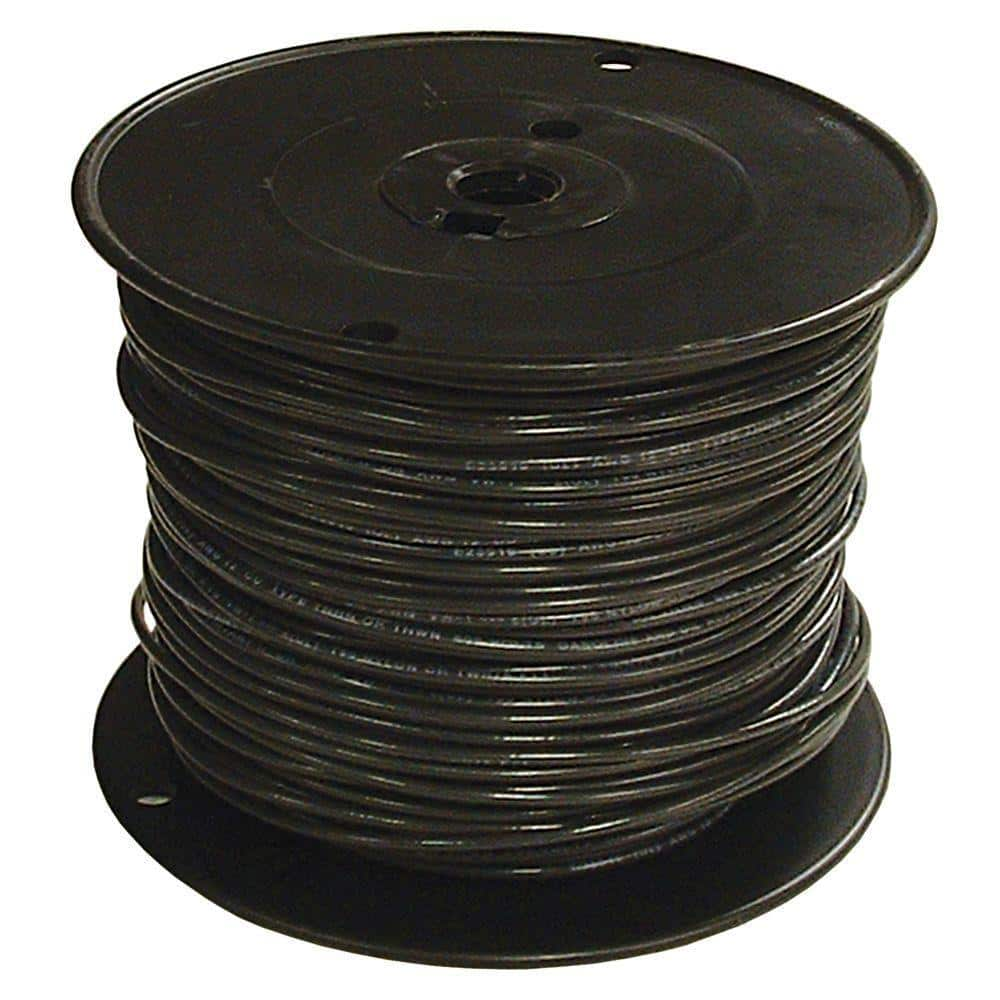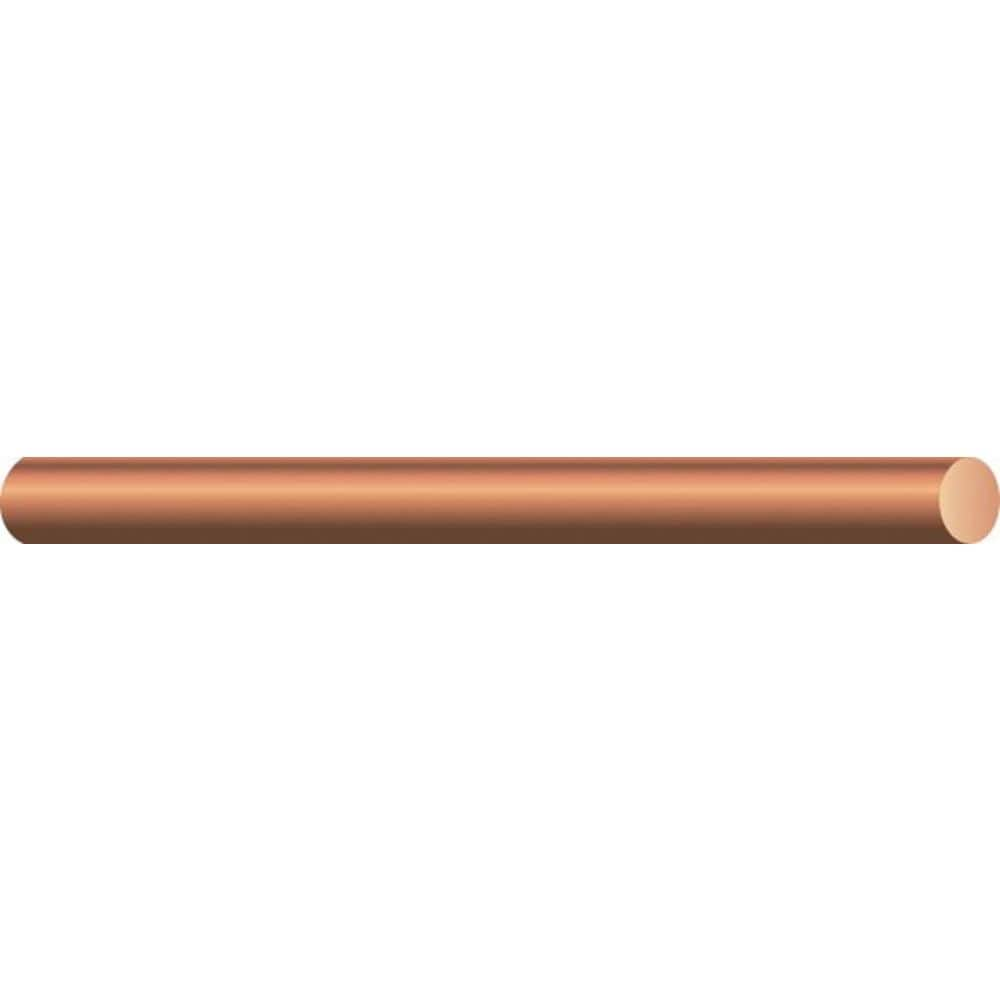I have a MY LR 7 seater on order, Gen 3 WC being delivered this week. There are a few videos and several threads discussing the wiring used. The more i watch and read, the more confused I get. What I can gather so far is that Tesla recommends 6 gauge wire and some people are running 4 gauge romex bc 6 gauge romex is only rated to 55 amps. If I run 6 gauge romex inside flex conduit does this solve that issue?
50 feet of 6/3 armored conduit is $360 at home depot. Is there a solution that involves just buying the THHN 6 gauge by the foot and installing it inside of flex conduit? Does the conduit have to be armored or Non metallic?
Sorry for the ramble but i wish there was just a simple, "this is how you should do it" instructions this way I can rest assured that whomever I hire to do the install will be following what tesla recommends. TIA!
50 feet of 6/3 armored conduit is $360 at home depot. Is there a solution that involves just buying the THHN 6 gauge by the foot and installing it inside of flex conduit? Does the conduit have to be armored or Non metallic?
Sorry for the ramble but i wish there was just a simple, "this is how you should do it" instructions this way I can rest assured that whomever I hire to do the install will be following what tesla recommends. TIA!





